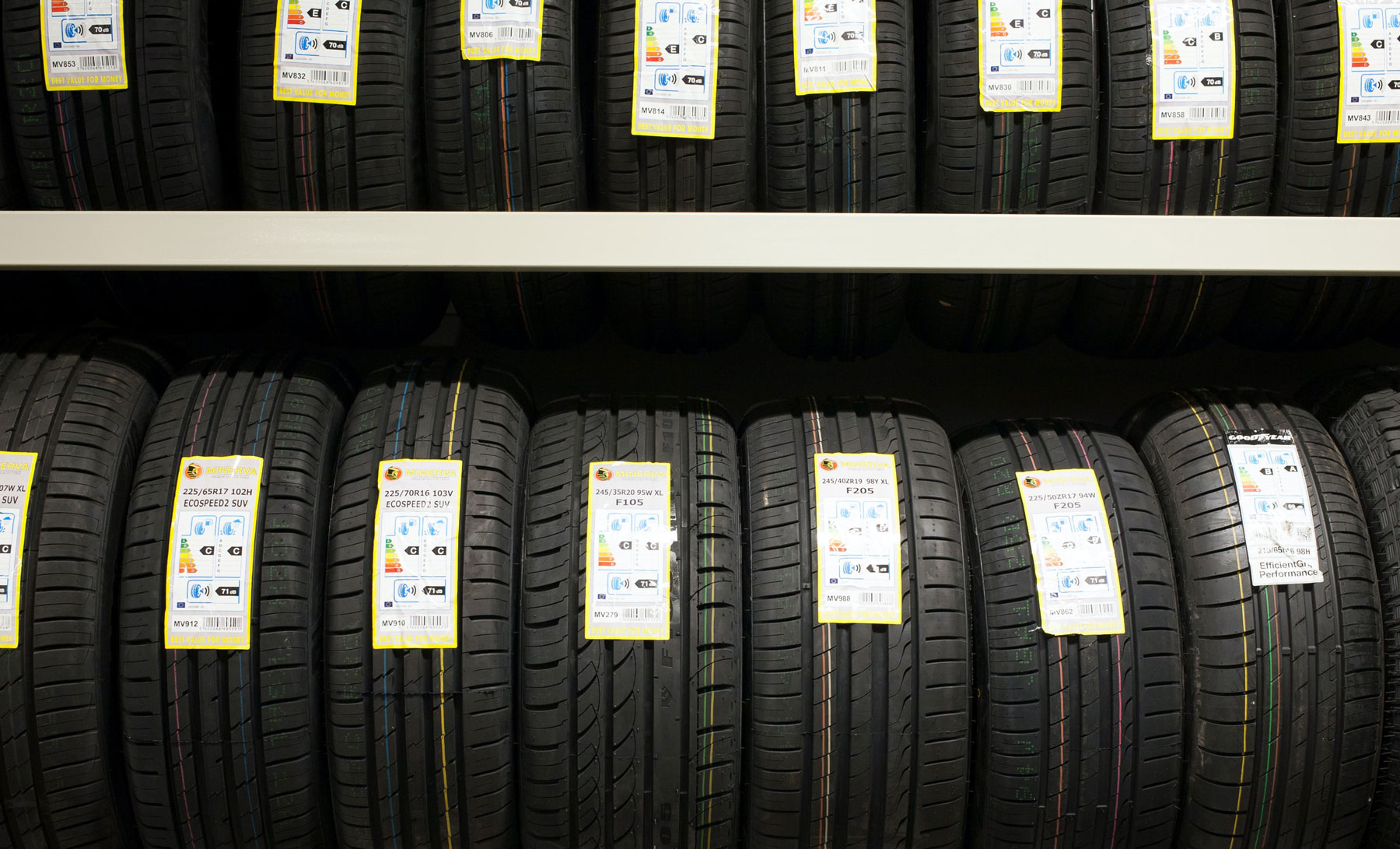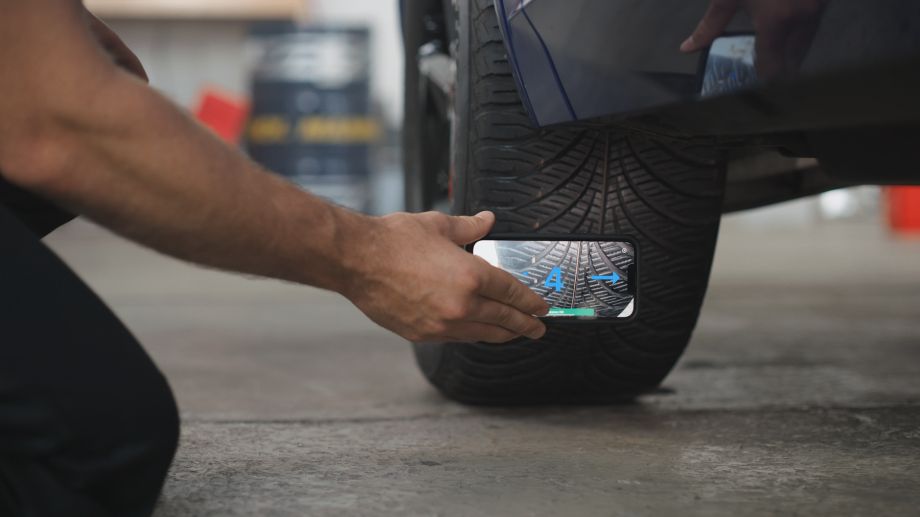
How OCR Can Help You Retain the Value of Tire Stock
The time between tire manufacturing and out-the-door sales can be quite long in some cases. The general public believes tires sitting in storage for a few years lose their quality and performance over time. As a result, many feel that more recently produced tires are the better choice. While this isn’t true in every circumstance, incorrect tire storage can indeed damage tires over time. This – along with the abiding customer perception – can badly affect the retail value of tires as they age, which will decreases the value of your stored tires.
Jump to key topics
Jump to key topics

1. How do tires age in storage?
Even in good storage conditions with controlled temperatures, humidity, and sunlight exposure, there are still some factors that impact the quality of a tire over time. Over time, the rubber ages, which makes the particles harder and less flexible, leading to cracks on both the interior and exterior surface. In some cases, this leads to tread or steel cord separation and tire failure.
Another factor is poor lubrication. Since the tire isn’t being used, there’s no lubrication to keep them from drying out. Oxidation is yet another factor – oxygen and ozone impact the elastic nature of the rubber, affecting the integrity of the rubber-to-steel bond.
Manufacturers typically add compounds that, when the tire is being used, help to minimize damage from ozone. But if there is no circulation of the tire when stored, those compounds are not positively impacting the lifespan of the tire. Cracks from ozone damage cannot be repaired either.
Yet another concern is gravity. Even with proper storage on a tire rack without mounting on the rim, gravity still impacts the overall structure of the tire. To minimize this risk and the impact of gravity, tires need to be rotated every 4 weeks. That’s hard to manage with a large stock of tires.
2. How does this affect its retail value?
Many manufacturers believe “sleeping tires” (those that have been in storage 2 to 5 years) should not lose value. They believe these tires match the same quality as fresh-from-the-factory tires. Yet, as we’ve seen, this is only the case if tire storage procedures are carefully followed. At local dealerships, tires are often left in areas which are open to the elements, sometimes without even coverage from the rain.
Whatever the situation, consumers generally believe new is better and sleeping tires have reduced performance. To consumers, this perceived lower quality means they’re not worth as much. Most experts recommend limiting the age or storage lifespan of the tire to alleviate this concern.
Equally, most manufacturers recommend the replacement of tires 10 or more years old. This means that if a consumer purchases a tire that has been sitting for 4 to 5 years, they will only getting 5 years of use out of that tire before they are advised to replace them, even if they were purchased “new” from the retailer.
The bottom line: there is no reason why tires that are properly stored should lose performance, but a drop in value is inevitable when factoring in public perception. This is why it’s harder for retailers to sell older tires at full price – and that decreases their value, no matter what manufacturers state.
3. How can you limit the time tires spend in storage?
There’s no doubt that managing a large inventory of tires is challenging, especially when you cannot calculate factors such as the amount of time stock sits in cargo or at the manufacturer. However, once those tires hit retailer stock, it’s essential to monitor their storage time to minimize the previously mentioned risks associated with ‘sleeping tires.’
To do this, retailers need to know the tire’s age and type. Then, they need to sell tires that arrive in stock first rather than those that just come in – First In/First Out Flow – otherwise known as FIFO.
So how can retailers tell the age of the tires efficiently? It’s easier than you might think. In fact, this information is already written on the side of every tire in the tire identification number or TIN, also known as the tire DOT code.
The following codes can be registered to keep track of the tires as they come in.
- DOT Code – a series of up to 13 characters including the week and year of production.
- Tire dimension code – a series of numbers and letters that indicate the dimensions and characteristics of the tire.
4. How can you integrate OCR to help you with stock management?
Tire inventory management can be instantly optimized using Anyline OCR (optical character recognition) technology. By simply scanning the TIN / DOT code on the tire sidewall with any mobile device, you can digitize the data needed for your tire inventory.
It’s a fast process that saves time from writing down each of these codes using pen and paper, or from keying the code into a mobile device. There’s also no risk of human errors or typos that could make such data worthless.
Anyline OCR Technology allows users to scan each tire as they arrive and register them into the internal database to keep track of the manufacturing date of each tire based on type. This makes it simple to search for and choose the tire that has been in stock the longest to place on a vehicle when the time comes to do so.
With the Anyline SDK integrated into your system, your workforce can scan tires even when offline and in adverse conditions, eliminating the risk of being unable to access the system. The end result is better labor management, comprehensive logging of tires based on manufacture date, and a potential higher selling point for tires because they are “fresh” when they are sold to consumers.

